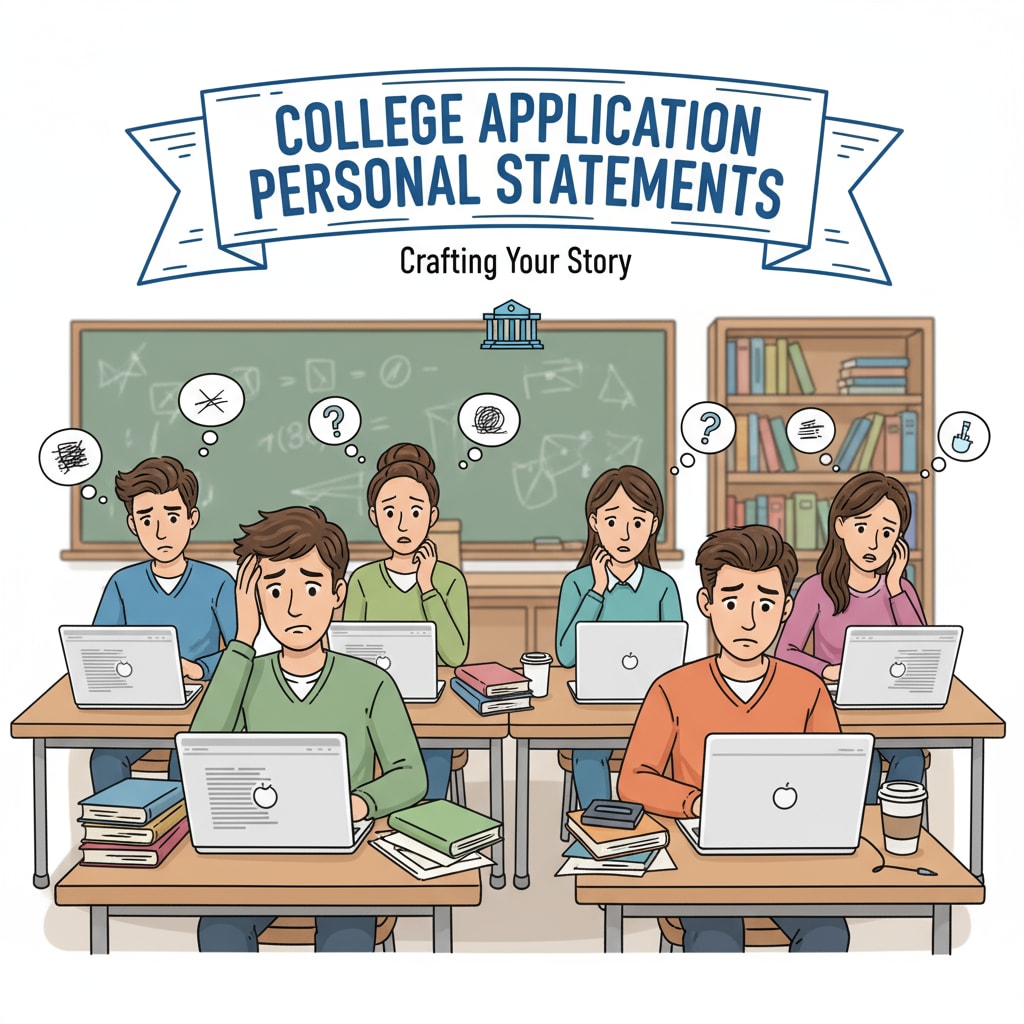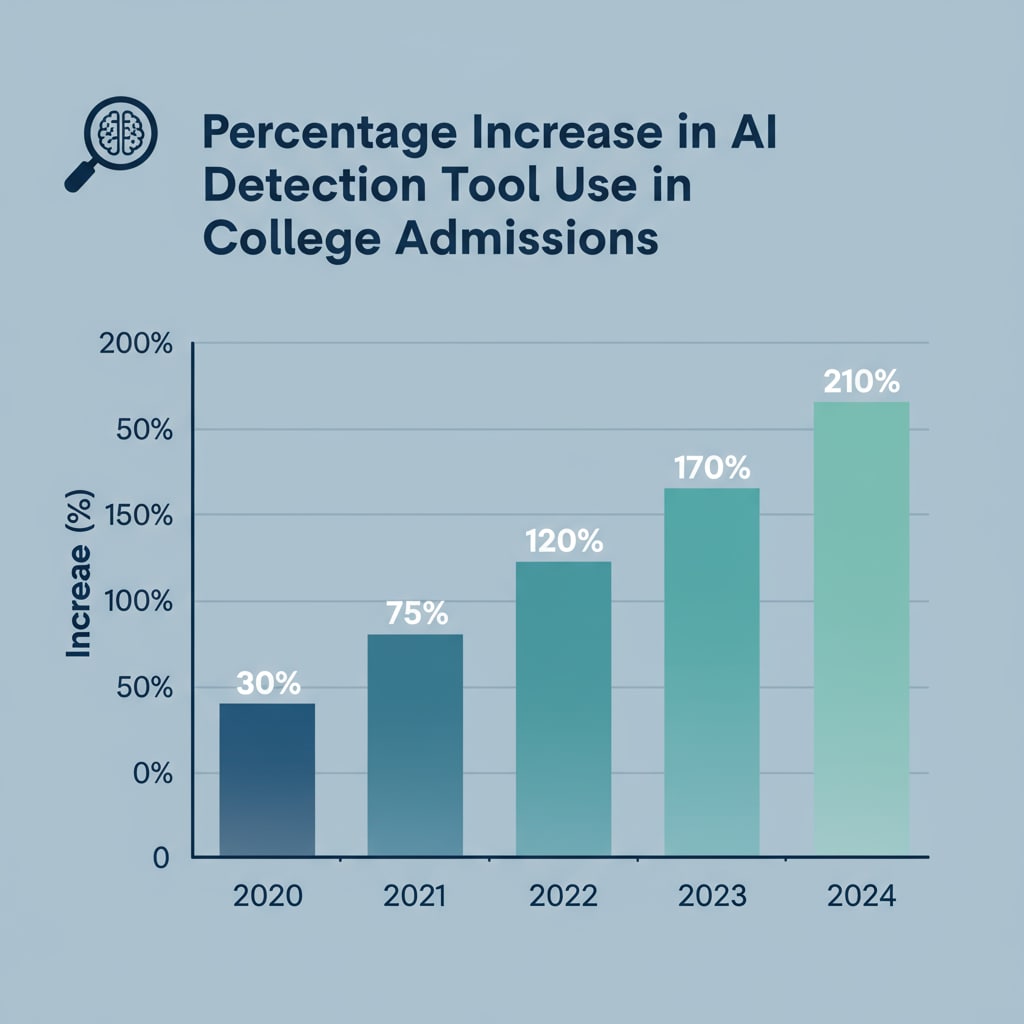In the realm of college applications, the emergence of AI detection tools has brought a new and unexpected hurdle for students. Personal statements, which are a crucial part of showcasing one’s individuality and suitability for a college, are now at risk of being mislabeled as AI-generated. This phenomenon has raised concerns among students, parents, and educators alike.

The Rise of AI Detection in College Admissions
With the increasing sophistication of AI writing tools, colleges and universities have started to implement AI detection systems to ensure the authenticity of applicants’ personal statements. These tools are designed to analyze various aspects of the writing, such as language patterns, vocabulary use, and sentence structure. However, as is often the case with new technologies, they are not without flaws. According to Inside Higher Ed, the widespread use of these tools has led to a significant number of false positives.

The Impact on Students
For students, having their personal statements wrongly marked as AI-generated can be devastating. It can lead to their applications being dismissed or at least viewed with suspicion. Many students spend months crafting their personal statements, pouring their hearts and souls into sharing their unique stories and experiences. A false AI flag can undermine all their hard work. For example, a student who has a distinct writing style or who has received extensive guidance from a teacher or tutor may be wrongly flagged. This not only affects their chances of getting into their desired college but also causes a great deal of stress and anxiety.
Reasons for False Positives
There are several reasons why these false positives occur. One reason is the limitations of the AI detection algorithms themselves. These algorithms may not be able to accurately distinguish between human-written and AI-generated text in all cases. Additionally, factors such as a student’s use of advanced vocabulary, complex sentence structures, or a writing style that happens to match certain patterns associated with AI writing can trigger false alarms. Another factor is the lack of context. Detection tools often analyze text in isolation, without considering the applicant’s background, educational experiences, or cultural influences. The New York Times has reported on the inaccuracies of these tools due to these very reasons.
What Educators, Students, and Parents Can Do
Educators can play a crucial role in this situation. They can help students develop their writing skills in a way that showcases their authenticity. By providing personalized feedback and guidance, educators can ensure that students’ personal statements are truly reflective of their own voices. Students, on the other hand, should be proactive in documenting their writing process. This could include keeping drafts, notes, and correspondence related to their personal statement. In case of a false flag, they can present this evidence to support the authenticity of their work. Parents can also be involved by encouraging their children to be original and by staying informed about the college application process and the use of AI detection tools.
In conclusion, the issue of personal statements being wrongly marked as AI-generated in college applications is a complex one. While AI detection tools were implemented with good intentions, they have created new challenges for students. It is essential for all stakeholders – educators, students, and parents – to work together to navigate this emerging issue and ensure that the college application process remains fair and accurate.
Readability guidance: This article uses short paragraphs and lists to summarize key points. Each H2 section provides a clear set of ideas. The proportion of passive voice and long sentences is controlled, and transition words are used throughout to enhance the flow of the text.


